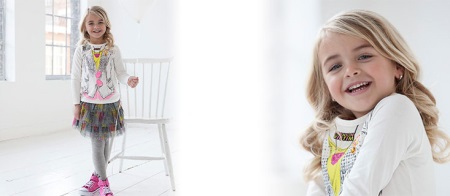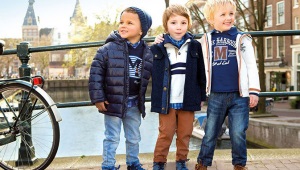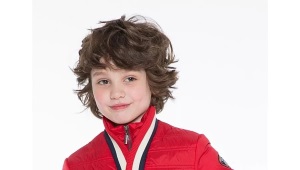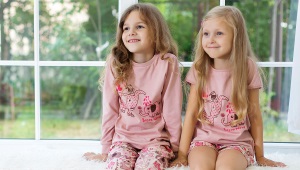Children's clothing for the season
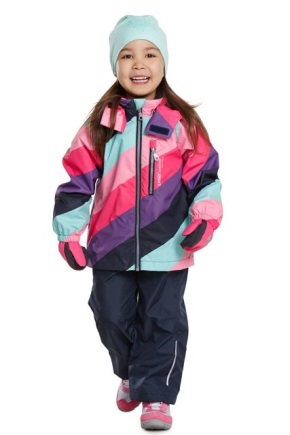
Dressing a child so that he is neither hot nor cold is a whole science, which, however, can be quickly learned. Over the years of practice, mothers learn to determine from a half-glance whether the child is comfortable or not. And although the wardrobe in each family is formed in accordance with personal finances and preferences, there is a certain minimum what clothes the baby must have for the season.
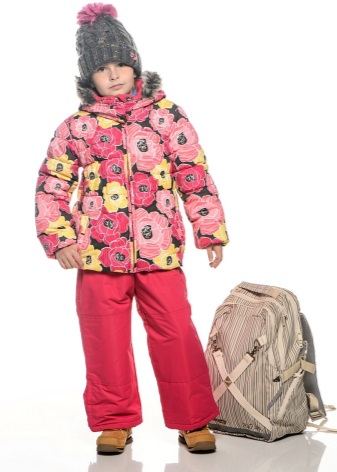
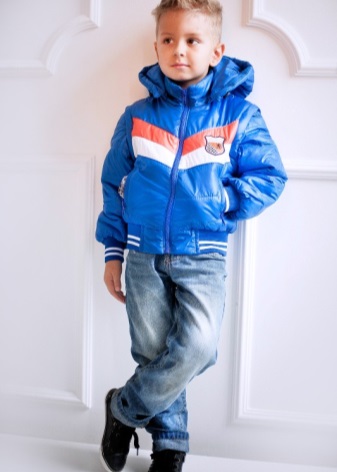
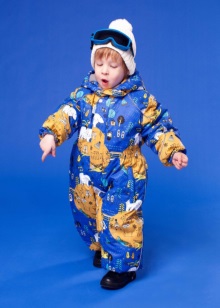
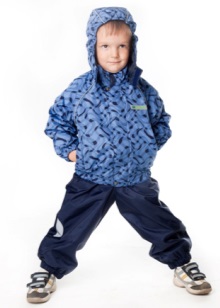
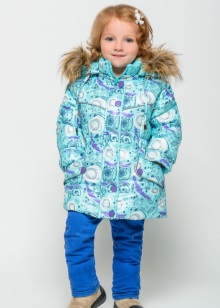
Models
Children's clothing differs from adult clothing in the brightness of colors and patterns, as well as in a special cut. For the youngest children, envelopes (sleeping bags) are used, which can be transformed into overalls. Today they are in the collection of every well-known brand-manufacturer of outerwear. For older children, overalls, sets, jackets, windbreakers, vests, raincoats, down jackets and coats are produced. Designers take into account the trends of world children's fashion and each season release bright new items for boys and girls. Often it is the baby in the family that turns out to be the most inveterate fashionista: after all, his wardrobe has to be updated every season!
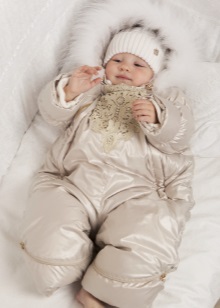
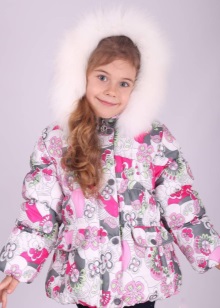
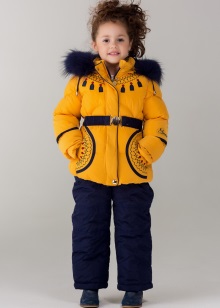
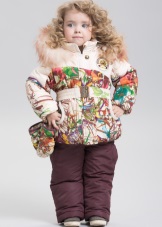
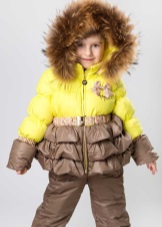
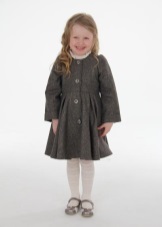
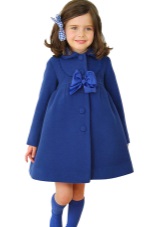
Spring
For the smallest, a demi-season envelope (with a small amount of synthetic winterizer) and a knitted hat with a thin lining are enough. For children who ride in a stroller while sitting, warm booties with leather soles or knitted ones will come in handy.Instead of booties, you can put on a child and shoes - boots / boots made of artificial or genuine leather are enough.


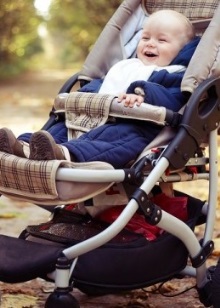
Spring clothes for preschoolers are usually overalls or a set of jackets and trousers. What to prefer - overalls or a set - it's only a matter of convenience. Some mothers believe that the wind can blow under the jacket, so they prefer "fusions". On the other hand, the ingot is less convenient to put on and take off.
Spring outerwear has a slight warming (from 25 to 80 g/sq.m). It is desirable to have inner cuffs on the sleeves so that the wind does not blow, puffs on the hood.

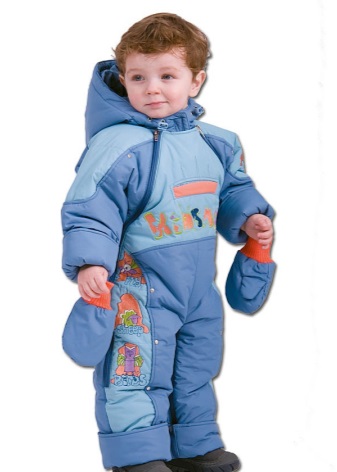
Membrane clothing is very well suited for spring, because. it protects from moisture, wind and provides comfort during weather changes. Membrane overalls or a set with an average degree of insulation (150-180 g / sq.m) are suitable for wearing in three seasons: autumn-winter - spring. In winter, it is worn with thermal underwear and fleece underwear, and in the off-season - with thermal underwear or over ordinary clothes.
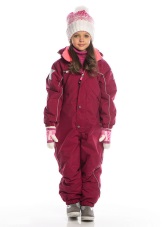
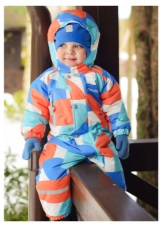
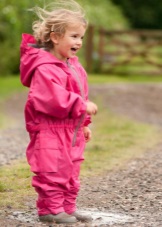
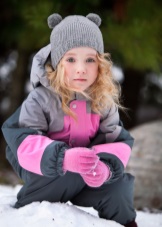
Distinguish between the concepts of "warm spring" and "cold spring". “Cold” is March, when there is still a lot of snow on the streets, and the temperature rarely rises above +5-7 degrees. This is where a membrane or a simple set on a synthetic winterizer comes in handy. "Warm spring" - the second half of April and May, when it becomes noticeably warmer and drier. For this period, you will need a windbreaker or raincoat.
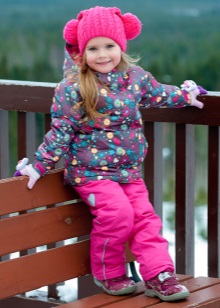
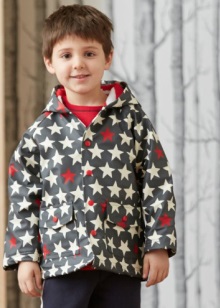

School-age children usually only need a jacket or coat for every day. Insulated pants are useful for outdoor activities.
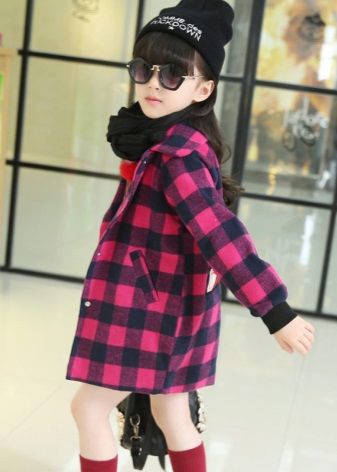

Autumn
Like spring, autumn can be "warm" and "cold". You can use the same types of clothing as for spring, only in reverse order: first raincoats / windbreakers, then insulated sets / overalls.
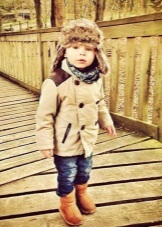
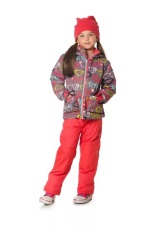
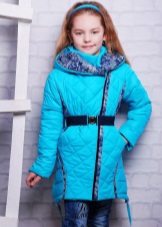

Autumn weather often requires waterproof clothing.Special "rain jackets" are semi-overalls, a jacket and sometimes rubber mittens that are worn over ordinary outerwear. Complete with rubber boots, the child is almost invulnerable to puddles. Many mothers are limited only to semi-overalls to protect their legs. The most popular waterproof jacket is Russian-made Tim-Tim, but European brands also produce similar things.
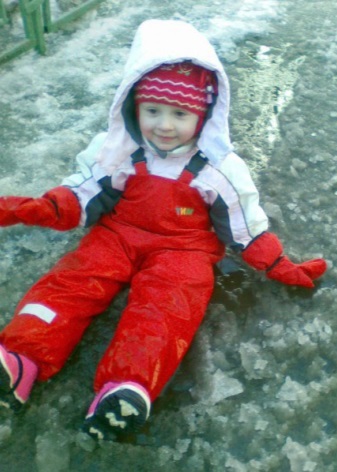
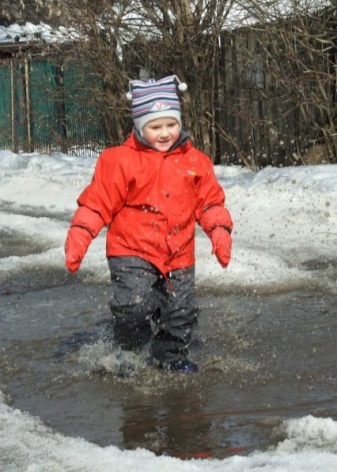
Summer
There should be a lot of summer clothes! Long walks, travel, vacation in the country - you have to change your child's clothes several times a day. Many babies wean themselves from diapers in the summer, which means that mom should always have a supply of at least two panties and panties / shorts with her.
For hot weather, cotton clothing is best. For daily wear, preschoolers will need about a dozen short-sleeve T-shirts, about 5 pairs of shorts and the same number of panties. Jeans or overalls are good for cold weather. Be sure to have at least a pair of long sleeves in your wardrobe: they come in handy both in windy weather and in hot weather to protect from the sun's rays. Girls - a pair of dresses for going out.
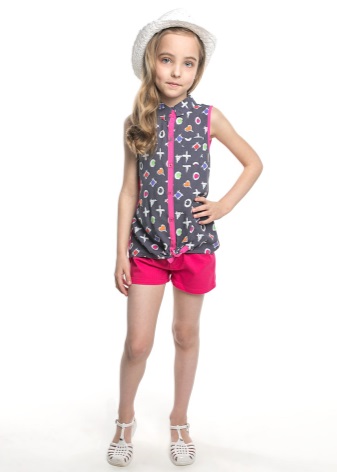
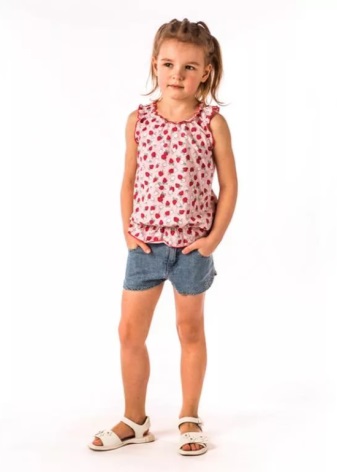
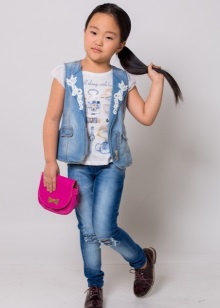
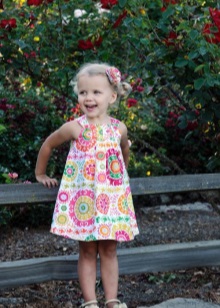
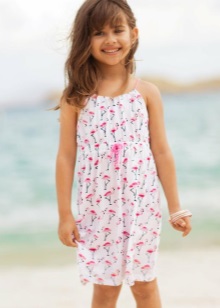
“Sandbags” are very suitable for kids in the heat - cotton overalls with cropped legs. They are easy to put on, do not restrict movement, and the fastener between the legs allows you to quickly take the child to the toilet.
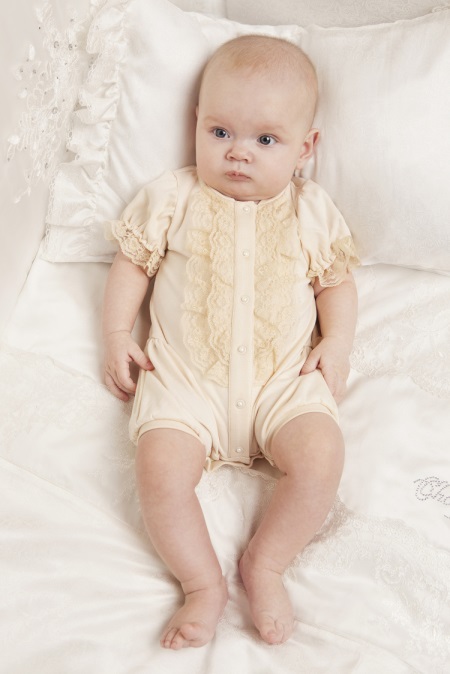
In summer, the child needs to have a tracksuit that can be worn on cool days. A fleece set is also suitable for this purpose, which will remain as an undergarment in autumn and winter.
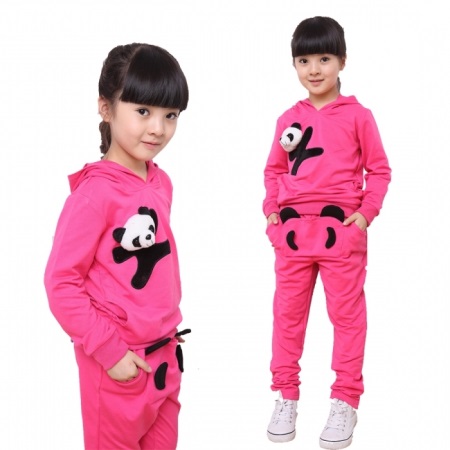
When traveling or on vacation, the child will need beachwear, a bathing suit, possibly aqua shoes and quality sunglasses.

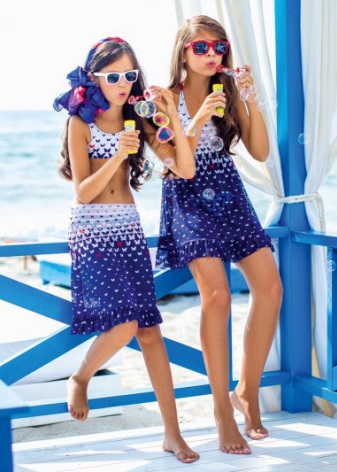
Material
For children's clothing, natural materials are preferred - cotton, linen, wool.Underwear must be cotton. Manufacturers of clothing for babies distinguish several types of cotton fabric: cooler (thin fabric without lint), interlock (jersey in "gum"), footer (dense fabric with fleece), cashmere (fluffy and well-stretched cotton), ribana (fine striped fabric ), velor (dense and soft). Various types of bodysuits, overalls, panties and T-shirts, etc. are sewn from them.
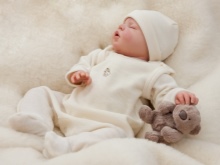

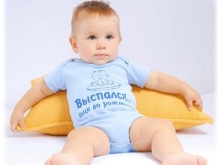
Wool in children's clothing is used for winter and demi-season accessories - hats, scarves, mittens. Thermal underwear for the little ones is also made of wool. Scandinavian brands such as Janus or Norveg make thermal underwear from 100% merino wool: it is very thin and does not prick at all.
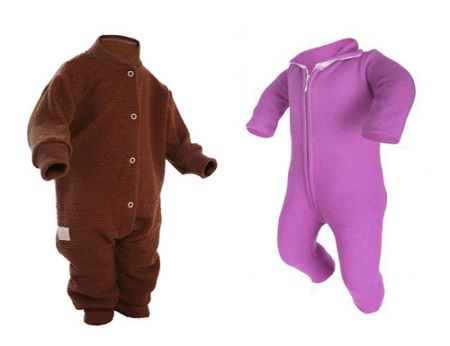
Although fur coats and hats, leather children's jackets have not been officially canceled, synthetic materials still rule the ball in modern outerwear. They are durable, withstand weather changes, easy to wear and care for.
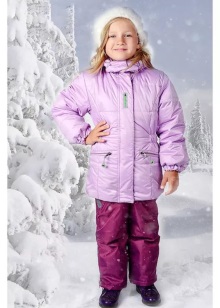
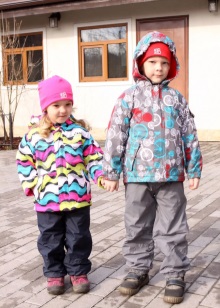
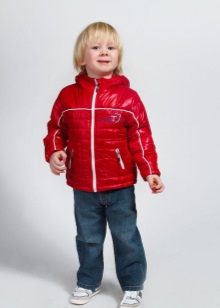
A “sectional view” of a standard jumpsuit or jacket looks like this: polyester upper material, insulation (synthetic winterizer, isosoft, thinsulate), cotton or fleece lining. Membrane overalls have a special layer on the inside of the upper fabric that removes moisture from the body, and does not let moisture in from the outside. The warmest winter clothes are filled with feathers and down. Many brands sew fur liners for overalls and jackets that can be worn on frosty days.
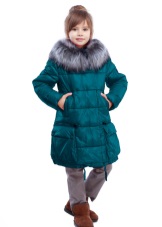
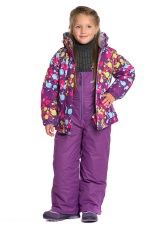
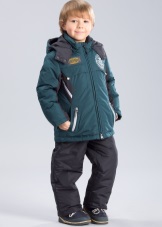

Comfort
The convenience of wearing things is ensured by the correct cut, adherence to tailoring technology, and a competent choice of materials. To make the child comfortable, it is best to purchase things from trusted brands, and not necessarily expensive ones. Each mother in practice finds for herself what is right for her baby.

On children's clothing today there are a lot of "options" that ensure the comfort of wearing. For example, detachable fur trims on hoods, valves for closing arms and legs in baby overalls. Drawstrings at the waist and hoods provide a good fit and wind protection. The straps on the legs will reliably protect the boots from moisture and snow. Internal cuffs on sleeves will make a jacket impervious to wind.
Zippers on children's clothing must have a small fleece valve at the neck so that the dog and the end of the lock do not scratch the chin.

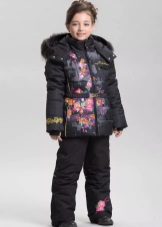
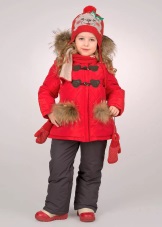
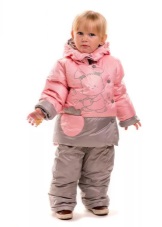
We select the size
Children's clothing sizes are based primarily on height and age. Most brands (both Russian and foreign) have a certain size figure, then the height and age of the child are indicated. For example: size 26, height - 86-92, age 1.5-2 years.
Moreover, each clothing manufacturer has its own patterns. That is why a child can wear at the same time things sewn to sizes 86 and 110. In order not to have to return the thing to the store, you must definitely familiarize yourself with the size scale of a particular manufacturer! And ideally - try on a thing for a child.

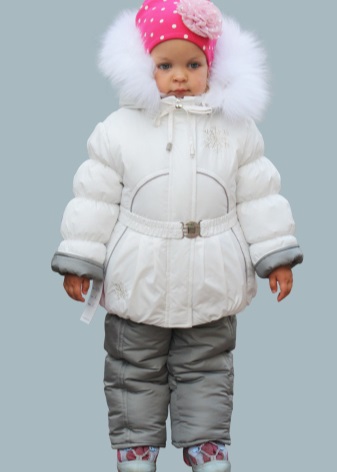
Some brands sew their collections exactly in size, and some make sure to make a reserve for growth during the season. If there is a stock, the thing can be taken exactly according to its height. For example: we buy winter overalls for a child with a height of 80 cm in size 80. In fact, it will be for a height of 86, and this will allow us to wear it until the end of winter. If there is no stock, you need to buy a thing a size larger.

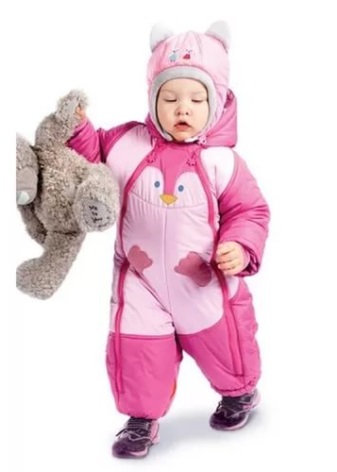
Clothes by age
For a one-month-old or newborn baby, diapers, overalls - “slips”, bodysuits, socks, undershirts, sliders and outerwear are needed.For older children who are already sitting, sliders with a closed foot become uncomfortable: it's time for panties and T-shirts. For babies 6-9 months old, clothes are more and more reminiscent of children's, and not infants: you can get both a denim overalls and a knitted sweater, and if the child begins to stand on his feet, the first real shoes.
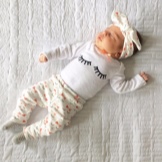
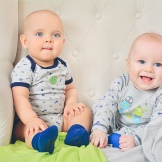
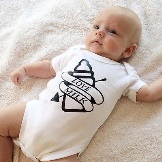
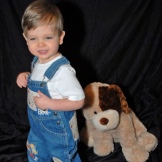
For 1 year, "slips" are no longer needed, they are gradually leaving the wardrobe and bodysuit. An active baby needs noticeably more clothes, because. He moves a lot and gets dirty all the time.
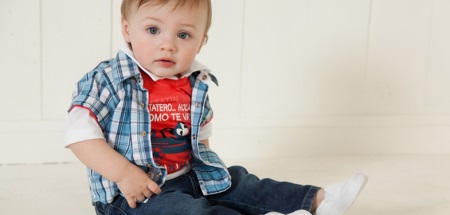
At 2 years old and children of “kindergarten” age, it becomes necessary to noticeably more shoes and accessories so that the outfit looks thoughtful and suitable for any weather.
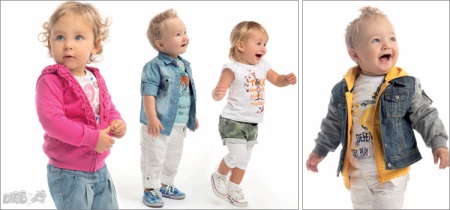
The clothes of schoolchildren are more and more like an adult. Strict skirts and trousers, dresses, jackets appear in the wardrobe. For girls aged 10 and over, it is quite normal to wear a coat instead of a jacket, and replace the usual hat with a flirty beret.
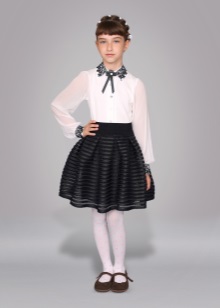
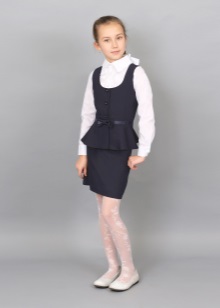
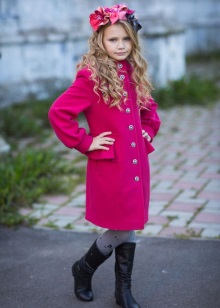
For teenagers, clothes completely copy the adult wardrobe, differing only in brighter colors, unusual prints and original cuts.
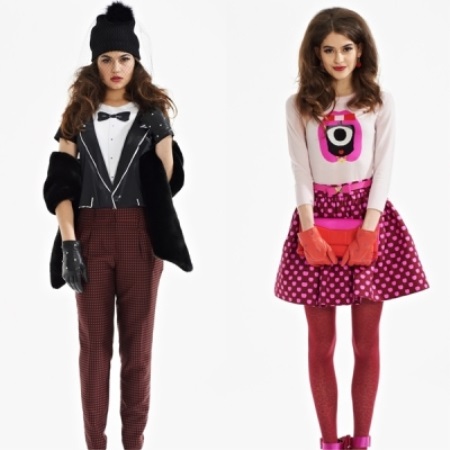
Firms
Both Russian clothing brands and foreign ones are popular with parents and children.
"Freckles"
Knitwear of the Russian production. The collections include sweaters, knitted dresses, vests, warm leggings. All things - with beautiful ornaments or drawings. Perfect for everyday wear to kindergarten or school.
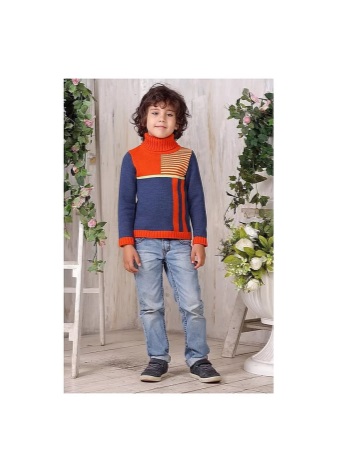
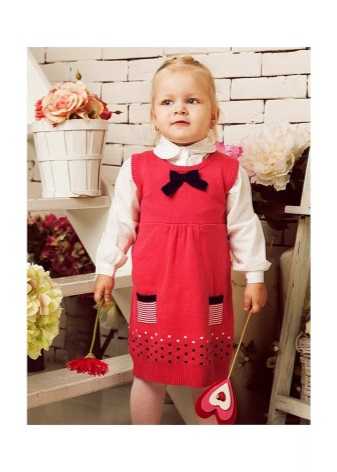
Lassie
Subsidiary of Reima. Under this brand, outerwear, shoes and accessories for children from birth are produced. These are good quality items, while their price is lower than that of Reima and other Finnish clothes. In the collections of Lassie you can find bright and stylish sets of membrane and ordinary clothes.

OVAS
A Russian brand that produces a very wide range of clothing - from shirts and jeans to jackets and down jackets. These clothes are sold throughout Russia and are much more affordable than foreign brands.
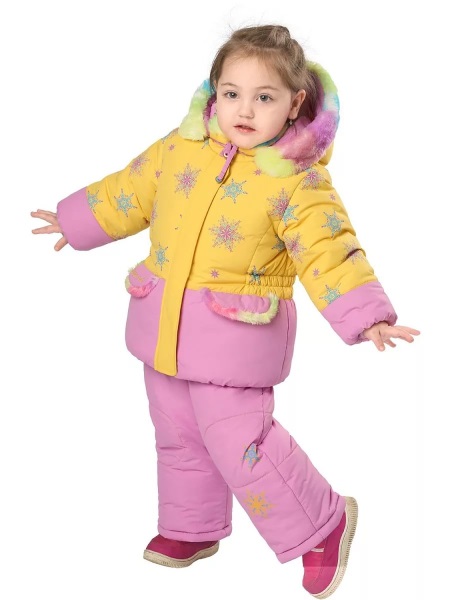
Pampolina
Clothing of German quality and production. The overall idea of the brand is to dress children like adults. Original cut, quality fabrics. In Germany, the brand is considered "medium", and in Russia - "expensive".
